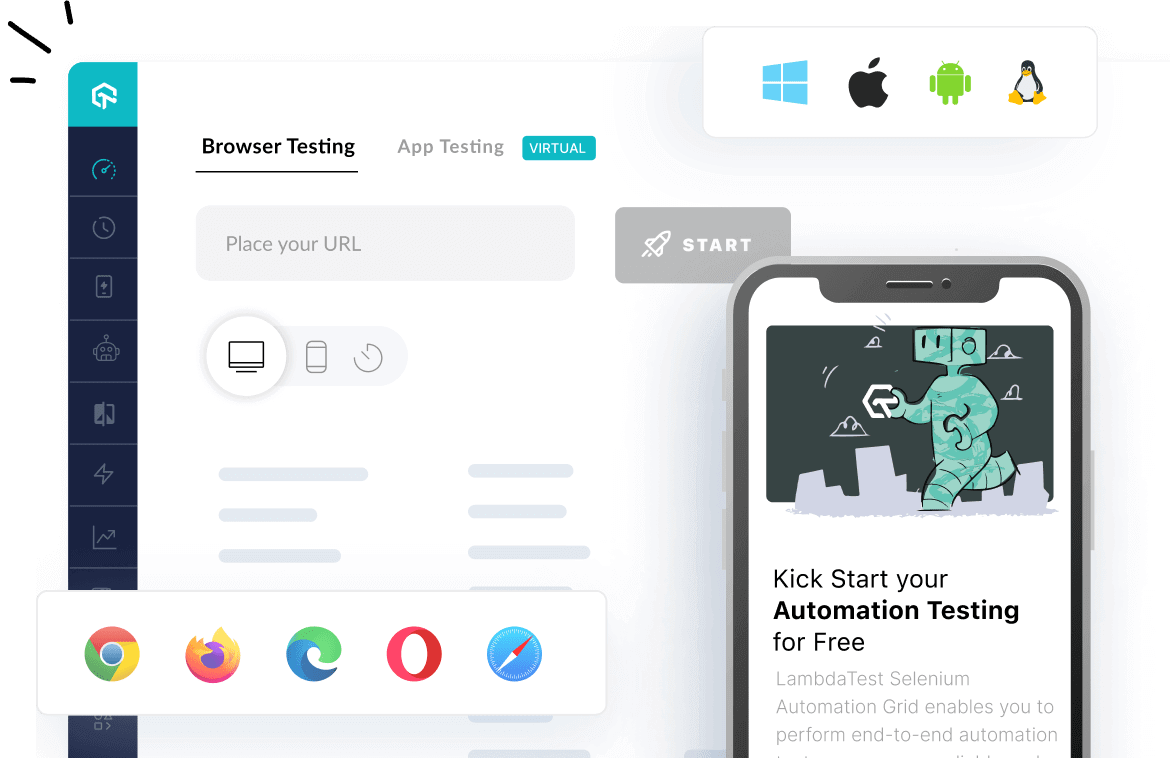How to use tag_name method of Capybara.Node Package
Best Capybara code snippet using Capybara.Node.tag_name
simple.rb
Source:simple.rb
...40 def [](name)41 attr_name = name.to_s42 if attr_name == 'value'43 value44 elsif (tag_name == 'input') && (native[:type] == 'checkbox') && (attr_name == 'checked')45 native['checked'] == 'checked'46 else47 native[attr_name]48 end49 end50 ##51 #52 # @return [String] The tag name of the element53 #54 def tag_name55 native.node_name56 end57 ##58 #59 # An XPath expression describing where on the page the element can be found60 #61 # @return [String] An XPath expression62 #63 def path64 native.path65 end66 ##67 #68 # @return [String] The value of the form element69 #70 def value71 if tag_name == 'textarea'72 native['_capybara_raw_value']73 elsif tag_name == 'select'74 selected_options = find_xpath('.//option[@selected]')75 if multiple?76 selected_options.map(&method(:option_value))77 else78 option_value(selected_options.first || find_xpath('.//option').first)79 end80 elsif tag_name == 'input' && %w[radio checkbox].include?(native[:type])81 native[:value] || 'on'82 else83 native[:value]84 end85 end86 ##87 #88 # Whether or not the element is visible. Does not support CSS, so89 # the result may be inaccurate.90 #91 # @param [Boolean] check_ancestors Whether to inherit visibility from ancestors92 # @return [Boolean] Whether the element is visible93 #94 def visible?(check_ancestors = true)95 return false if (tag_name == 'input') && (native[:type] == 'hidden')96 return false if tag_name == 'template'97 if check_ancestors98 !find_xpath(VISIBILITY_XPATH)99 else100 # No need for an xpath if only checking the current element101 !(native.key?('hidden') ||102 /display:\s?none/.match?(native[:style] || '') ||103 %w[script head].include?(tag_name))104 end105 end106 ##107 #108 # Whether or not the element is checked.109 #110 # @return [Boolean] Whether the element is checked111 #112 def checked?113 native.has_attribute?('checked')114 end115 ##116 #117 # Whether or not the element is disabled.118 #119 # @return [Boolean] Whether the element is disabled120 def disabled?121 native.has_attribute?('disabled') &&122 %w[button input select textarea optgroup option menuitem fieldset].include?(tag_name)123 end124 ##125 #126 # Whether or not the element is selected.127 #128 # @return [Boolean] Whether the element is selected129 #130 def selected?131 native.has_attribute?('selected')132 end133 def multiple?134 native.has_attribute?('multiple')135 end136 def synchronize(_seconds = nil)137 yield # simple nodes don't need to wait138 end139 def allow_reload!(*)140 # no op141 end142 ##143 #144 # @return [String] The title of the document145 def title146 native.title147 end148 def inspect149 %(#<Capybara::Node::Simple tag="#{tag_name}" path="#{path}">)150 end151 # @api private152 def find_css(css, **_options)153 native.css(css)154 end155 # @api private156 def find_xpath(xpath, **_options)157 native.xpath(xpath)158 end159 # @api private160 def session_options161 Capybara.session_options162 end163 # @api private...tag_name
Using AI Code Generation
1 config.allow_url("www.google.com")2visit('/')3puts page.find('a').tag_name4 config.allow_url("www.google.com")5visit('/')6puts page.find('a').tag_name7Traceback (most recent call last):tag_name
Using AI Code Generation
1 Capybara::Selenium::Driver.new(app, :browser => :chrome)2 if node = first(:xpath, ".")3puts Capybara.find(:xpath, "/html/body").tag_name4puts Capybara.find(:xpath, "/html/body/div").tag_name5puts Capybara.find(:xpath, "/html/head").tag_nametag_name
Using AI Code Generation
1visit('/')2visit('/')3visit('/')4visit('/')5visit('/')tag_name
Using AI Code Generation
1puts page.find(:css, 'input[name="q"]').tag_name2puts page.find(:xpath, '//input').tag_name3element = page.find(:css, 'input[name="q"]')tag_name
Using AI Code Generation
1puts page.find(:css, 'input[name="q"]').tag_name2puts page.find(:xpath, '//input').tag_name3element = page.find(:css, 'input[name="q"]')Automation Testing Tutorials
Learn to execute automation testing from scratch with LambdaTest Learning Hub. Right from setting up the prerequisites to run your first automation test, to following best practices and diving deeper into advanced test scenarios. LambdaTest Learning Hubs compile a list of step-by-step guides to help you be proficient with different test automation frameworks i.e. Selenium, Cypress, TestNG etc.
LambdaTest Learning Hubs:
- JUnit Tutorial
- TestNG Tutorial
- Webdriver Tutorial
- WebDriverIO Tutorial
- Protractor Tutorial
- Selenium 4 Tutorial
- Jenkins Tutorial
- NUnit Tutorial
- Jest Tutorial
- Playwright Tutorial
- Cypress Tutorial
- PyTest Tutorial
YouTube
You could also refer to video tutorials over LambdaTest YouTube channel to get step by step demonstration from industry experts.
Most used method in
- initialize
- text
- tag_name
- path
- value
- visible
- checked
- disabled
- selected
- multiple
- readonly
- synchronize
- title
- inspect
- find_css
- find_xpath
- session_options
- initial_cache
- option_value
- reload
- to_capybara_node
- catch_error
- driver
- execute_script
- evaluate_script
- scroll_to
- native
- style
- set
- select_option
- unselect_option
- click
- right_click
- double_click
- send_keys
- hover
- obscured
- rect
- trigger
- drag_to
- drop
- shadow_root
- evaluate_async_script
- flash
- perform_click_action
Try LambdaTest Now !!
Get 100 minutes of automation test minutes FREE!!

